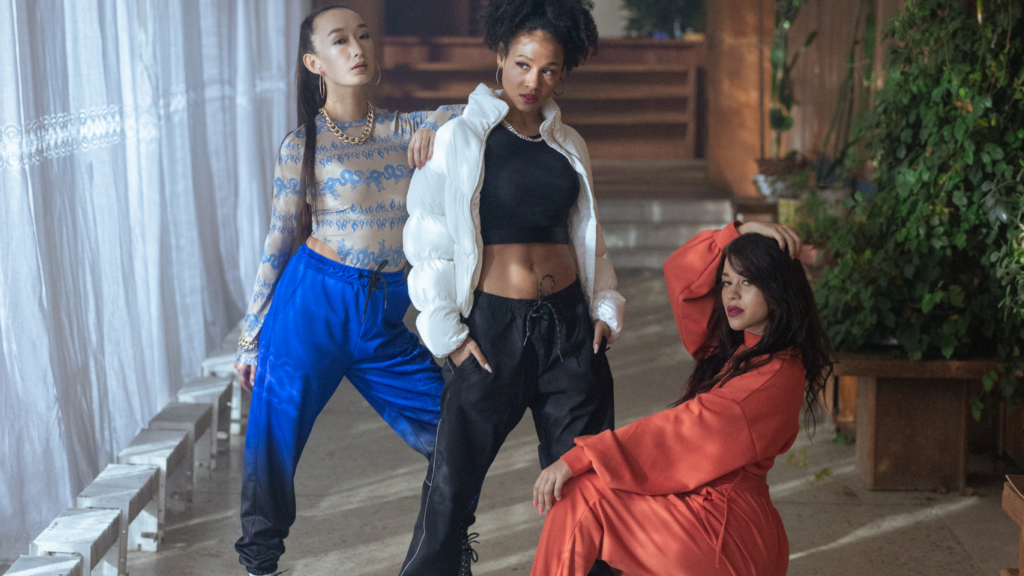Fashion’s Digital Transformation
Fashion retail isn’t what it used to be. It’s not just runways and racks anymore tech is quietly but completely shifting the foundations. From AI driven designs to in store touchscreens, nearly every step from sketch to sale has seen a digital upgrade. What this means in practice: data is doing more of the heavy lifting, and brands that move quickly are reaping the rewards.
Customers now expect a different kind of experience. They’re browsing lookbooks through Instagram reels, using filters to try on sunglasses from their couch, and expecting personalized product drops that actually match their style. This digital first behavior isn’t a trend it’s the standard, and it’s redefining the rules faster than legacy brands are used to.
Meanwhile, physical stores are evolving too. No one’s showing up just to shop they’re coming for the vibe, the interactivity, the story. Think curated displays integrated with AR, smart mirrors that suggest full fits, and installations that look more like modern art than seasonal sales. If a store isn’t offering something you can’t get online, it’s falling behind. Fashion and tech have officially merged, and the smartest players are building something more immersive than ever before.
Smart Solutions on the Rise
AI is quietly transforming fashion retail from the fitting room to the stockroom. Digital styling assistants are now capable of reading your preferences, browsing history, even the weather in your location. They’re personal shoppers without the attitude, pushing recommendations that feel curated instead of random.
Virtual try ons are solving a long standing problem: trying before buying, especially online. They don’t just boost confidence they cut down on returns, which saves money and headaches for both shoppers and retailers. Add smart mirrors into the mix and the in store experience starts to feel futuristic. These mirrors suggest styles, change colors and sizes with a few taps, and even sync your choices to an app.
Behind the scenes, AI is taking charge of inventory. Systems are learning what sells, where, and when avoiding the classic fashion trap of overstocking the wrong size or shade. Less waste, smarter turns, fewer piles of unsold product.
Explore more about how AI is transforming the retail experience: AI in retail fashion.
Blending Online and Offline

Omnichannel isn’t just a buzzword anymore it’s the default. Major fashion retailers are syncing storefronts with online platforms so seamlessly that customers barely notice the handoff. Browse online, try in store, buy via app, return by mail. It’s all connected because it has to be. Consumers expect the same experience wherever they are, and friction is a deal breaker.
Mobile first is not a feature, it’s the foundation. Nearly every part of the shopper journey now starts or ends on a phone. From digital lookbooks to instant checkout, mobile is where decisions happen. And smart retailers are tailoring their strategies to fit small screens without shrinking their ambitions.
To make it all work, brands are running tight integrations between customer profiles, behavior data, and real world interactions. Think: personalized emails triggered by what you try on in store, loyalty perks tied to both online carts and physical footfall, and geolocation alerts that steer you straight to a flash sale when you’re near a flagship.
Inside the stores, tech is doing heavy lifting. Tools like traffic heatmaps help staff anticipate flow and improve layout, while geolocation tech delivers micro targeted promos in real time. Like everything else in 2024 retail, it’s all about seamless movement minutes saved here, a nudge there, all adding up to smoother, smarter shopping.
Sustainability, Powered by Tech
Old forecasting models in fashion had one big flaw: they guessed. And when they guessed wrong, warehouses filled up with items nobody wanted. Now, data is rewriting the script. Using purchase history, search behavior, and even weather, brands can predict trends faster and more accurately. We’re not talking about vague seasonal hunches this is granular intel that guides what to make, when, and how much. Less guesswork, less waste.
Blockchain is turning up in unexpected places too. Shoppers are pressing for more transparency, and brands are answering back with digital records that trace every step from raw material to hanger. It’s not just ethical it builds trust. When a customer knows where their denim came from and who stitched it, the purchase feels personal.
Then there’s predictive styling. Machine learning models now analyze global outfit trends in near real time, helping designers and retailers align supply with what people will actually wear. It reduces the flood of dead end styles and shrinks the mountain of fashion waste. Tech isn’t fixing everything but it’s making fashion a little leaner, smarter, and cleaner.
More insights here: AI in retail fashion
Designers and Innovation
Design is no longer limited by a sketchpad or even a screen. Computational design is pushing boundaries, generating shapes, textures, and patterns that a human hand wouldn’t instinctively create. Think algorithm generated lace, or AI driven silhouettes based on biomechanical structures ideas that feel just futuristic enough to work.
At the same time, small designers are going big. Thanks to platforms like Instagram Shops, Depop, or even direct to avatar fashion drops, creators with a Wi Fi signal and something to say can instantly go global. The barriers are lower, the noise is higher, and the playing field has shifted.
Then there’s the modeling playground: 3D tools and AR are no longer just for pre visualization. They’re reshaping the runway and the storefront. Virtual fittings, augmented reality lookbooks, even fully digital catwalks streamed to mobile it’s all about compressing the distance between design and experience. And for consumers? The line between digital and physical wear just got blurrier.
What to Watch Next
The next wave of fashion doesn’t wear fabric it runs on code. AI stylists are stepping up, analyzing personal data to serve curated outfit suggestions tailored to your taste, mood, and even the event on your calendar. Already, apps are rolling out that act like a personalized stylist in your pocket less haute couture drama, more everyday relevance.
Fully virtual fashion influencers are also gaining ground. CG characters with massive followings are walking digital runways, repping big brands, and blurring the line between reality and pixels. They don’t age, they don’t sleep, and yes, they pick up campaign deals.
Wearables are becoming more than smart watches they’re starting to merge with your look. Smart fabrics, biometric trackers woven seamlessly into outfits, even clothing that responds to environment or mood it’s not sci fi anymore.
At the top of the chain, personalization is becoming the new status symbol. It’s not just about owning luxury it’s about owning something made truly for you. Custom design, AI fitted pieces, and user driven fashion tech are pushing big labels to think smaller and smarter.
Fashion houses are pivoting behind the curtain too. Many legacy brands are acting less like style institutions and more like tech startups: hiring engineers, investing in R&D, and experimenting with their own platforms.
What’s fashion in 2024? It’s data woven, algorithm backed, audience first and still about looking damn good.


 Founder & Editor-in-Chief
As the visionary behind Glam World Walk, Anthonyo Corbinollo brings his passion for fashion, beauty, and luxury to life through captivating content that resonates with glamour enthusiasts worldwide. With over a decade of experience in the fashion industry, Anthonyo curates a platform that celebrates the finest trends, exclusive brands, and lavish travel destinations. His dedication to highlighting the elegance in everyday life has made Glam World Walk a go-to source for fashionistas and style icons alike.
Founder & Editor-in-Chief
As the visionary behind Glam World Walk, Anthonyo Corbinollo brings his passion for fashion, beauty, and luxury to life through captivating content that resonates with glamour enthusiasts worldwide. With over a decade of experience in the fashion industry, Anthonyo curates a platform that celebrates the finest trends, exclusive brands, and lavish travel destinations. His dedication to highlighting the elegance in everyday life has made Glam World Walk a go-to source for fashionistas and style icons alike.
